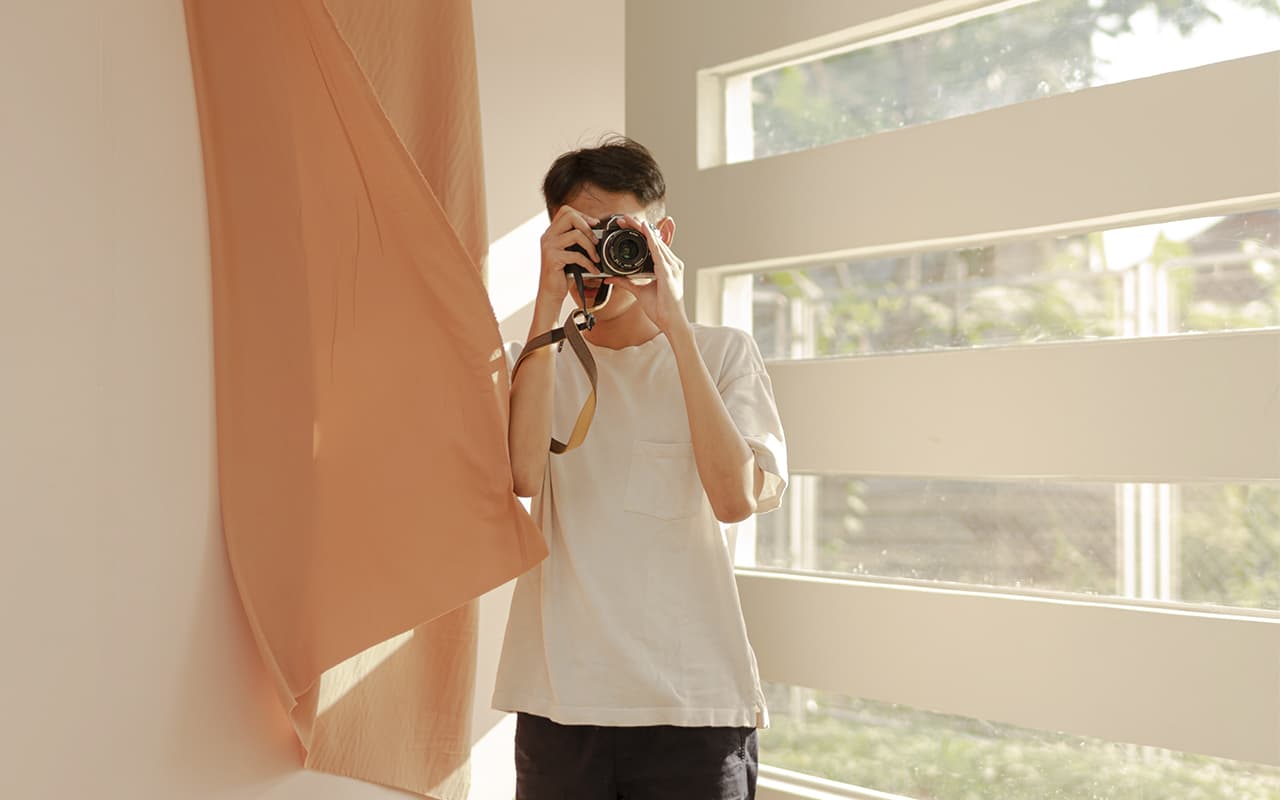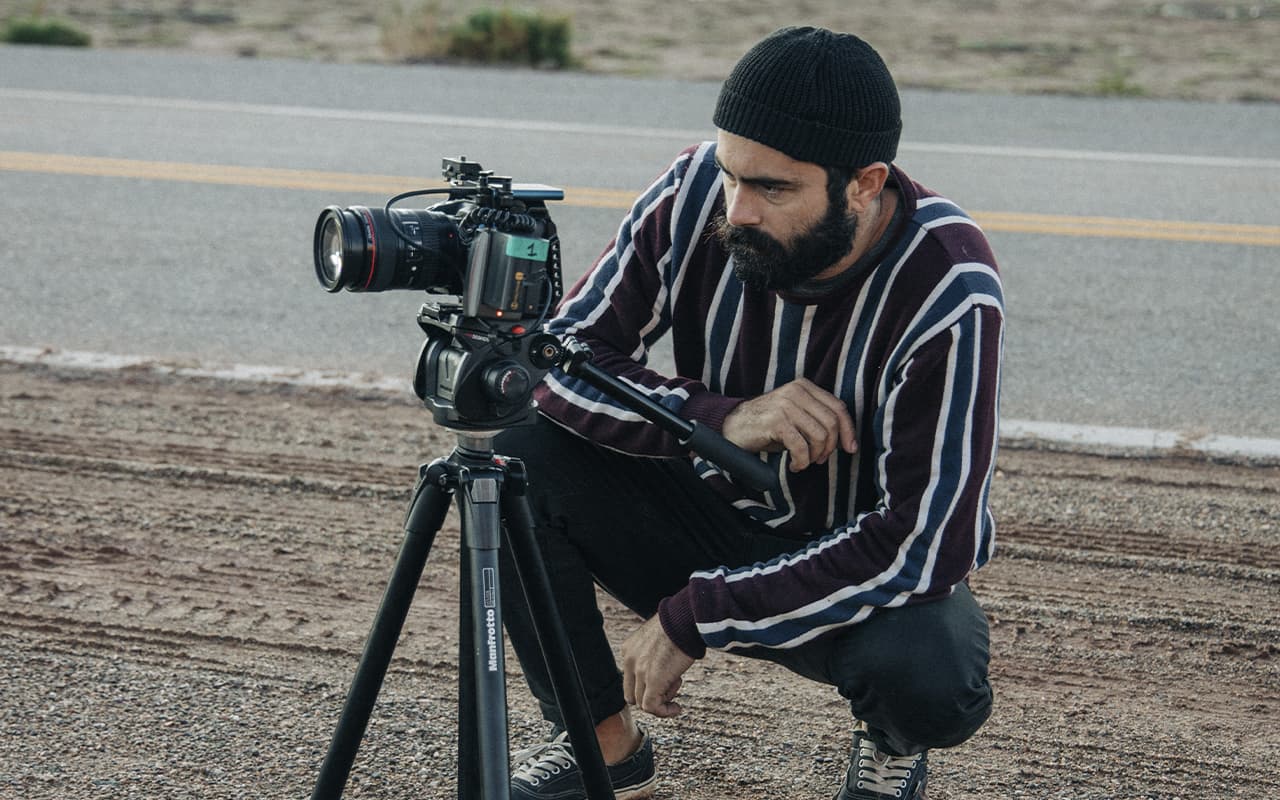Photography was born at the intersection of two sciences: optics and chemistry, because to make prints, two difficult tasks had to be solved. Firstly, it was necessary to have a special light-sensitive plate capable of perceiving and holding an image. Secondly, a special device had to be found that would clearly project the image of the objects being photographed onto this plate. Both were created only after many trials and errors. The miracle of photography did not fall into people’s hands immediately, and at different times many inventors from different countries were enthusiastically engaged in this problem.
The emergence and development of photography in the sixteenth and early nineteenth centuries. Approaches to the problem described above can be found in the works of medieval alchemists. One of them, Fabricius, once mixed table salt with a solution of silver nitrate in his laboratory and obtained a milky white precipitate that turned black in the sunlight.
Fabricius investigated this phenomenon and in his book on metals, published in 1556, he reported that he had used a lens to obtain an image on the surface of the precipitate, now known as silver chloride, and that the image turned black or gray depending on the duration of exposure to sunlight. This was the first experiment in the history of photography. In 1727, Johann Schultz, a physician from Halle, conducted experiments on a sunny day with a solution of silver nitrate and chalk, which he exposed to the sun in a glass vessel.
When the vessel was exposed to sunlight, the surface of the mixture immediately turned black. When shaken, the solution turned white again. Using pieces of paper, Schultz created silhouettes on the surface of the liquid, destroyed them by shaking, and created new patterns. These original experiments seemed to him to be just fun, and another hundred years passed before the property of silver chloride he had noticed was realized and used in the manufacture of photographic plates.
The next page in the history of photography is associated with the name of Thomas Wedgwood.
He put plant leaves on paper moistened with a solution of silver nitrate. The part of the paper covered by the leaves remained light, while the illuminated part turned black. The result of this experiment was a white silhouette on a black background. However, these images could only be viewed by candlelight, because they were damaged by sunlight. Wedgwood tried to soak leather with the solution and found that images appeared faster on it. At the time, this phenomenon remained unexplained. It was only in the late 30s of the nineteenth century that it was found that the tannic acid contained in the leather significantly accelerated the appearance of the image. In 1802, Wedgwood published the results of his experiments. Gradually, he learned how to obtain contour images on paper, leather, and glass: within three minutes when exposed to the sun, and within several hours when exposed to the shade. But these images could not tolerate sunlight because they were not fixed. It was not until 1819 that John Herschel found a substance that strengthened the photographic image.
On August 10, 1839, a large meeting was held in Paris with the new members of the Academy of Sciences. It was announced that Daguerre had discovered a way to develop and fix photographic images. The news was shocking to contemporaries. The whole world was discussing the possibilities opened up by this new achievement of human thought. The French government bought the secret of Daguerre’s invention and granted him a lifetime pension of 6,000 francs. Neps’s son was not forgotten either. Soon, kits for photographing using Daguerre’s method (this method became known as daguerreotyping) were on sale.
Despite the high price, they were sold out in a short time. But soon the public felt a strong cooling towards this invention.
Improvement of the doctrine of photography. Daguerreotyping, although it gave good results, required a lot of work and a lot of patience.



